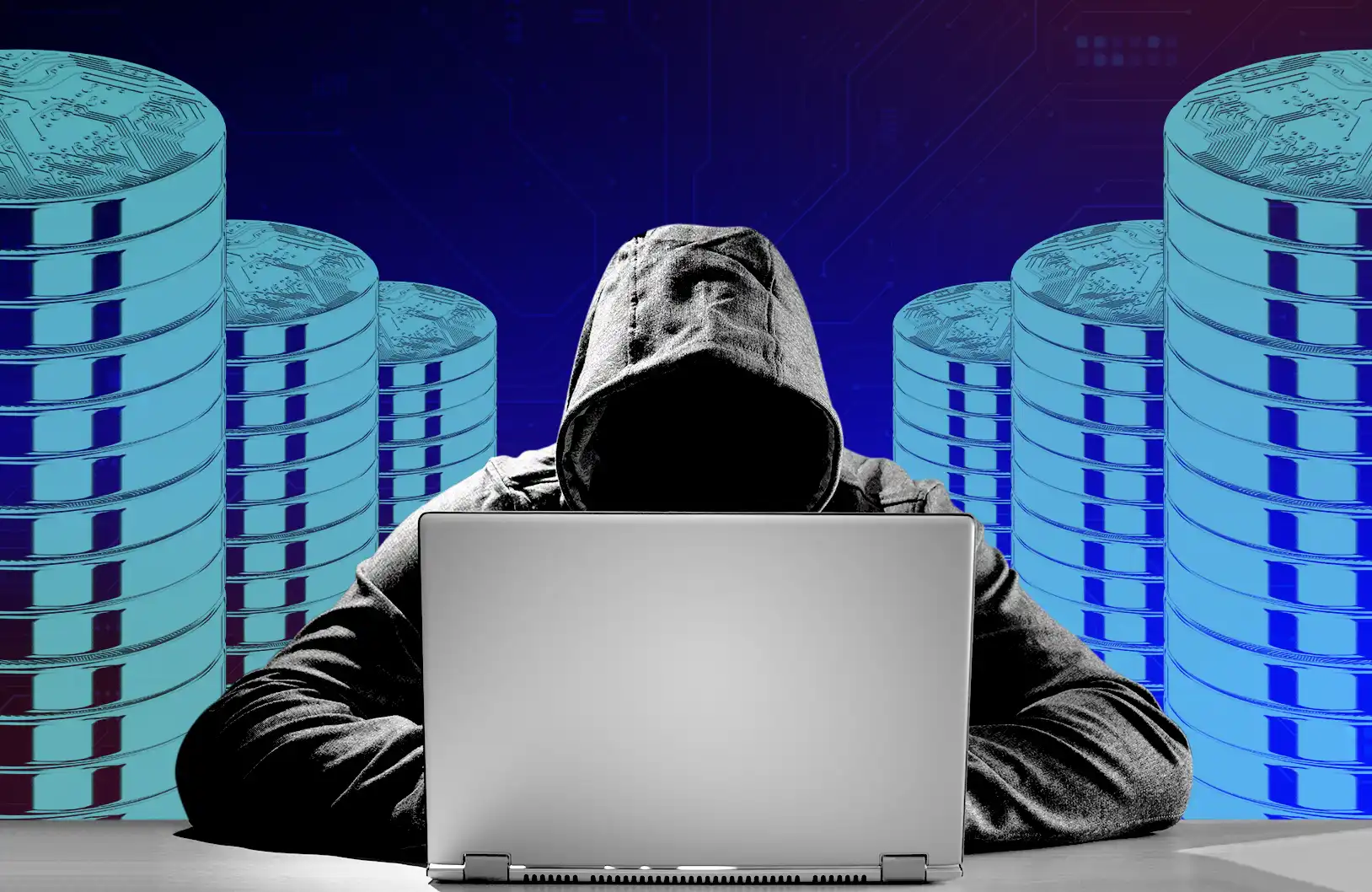Polymarket $10k bet on NASCAR race turns to $60k dispute following Zelensky controversy
A routine $10,000 prediction market on Polymarket covering Sunday’s NASCAR Cup Series race erupted into a dispute in UMA’s history after the oracle rejected an early settlement proposal, despite it being accurate.
As reported by the X user known as Domer on July 24, the clash has revived questions about how UMA’s optimistic‑oracle process balances speed, clarity, and fairness.
How a $10k market became a $60k fight
When the checkered flag fell at 6:58 p.m. ET, Denny Hamlin crossed the line first and was later confirmed as the winner following NASCAR’s post‑race inspection.
One minute after the finish, a veteran Polymarket trader, known as “GeopoliticsWizard,” posted 40 settlement proposals to UMA, one for each driver contract, paying the required 750 USDC bond on each.
Ninety minutes later, other users challenged every proposal, arguing the submitter had not waited for inspection. Under UMA’s rules, each dispute also required a 750 USDC bond.
With 40 proposals and 40 disputes, total staking ballooned to $60,000, six times the underlying market size. The ultimate split is predetermined: the winning side collects its 40 bonds ($40,000) while UMA keeps the remaining $20,000 as protocol revenue.
UMA’s published documentation does not require proposers to wait for inspections. Instead, it directs them to use an “authoritative public source.”
NASCAR’s leaderboard showed no caveats or asterisks. Even so, on-chain voters judged the submissions “Too Early,” siding unanimously with the disputers. The vote came after NASCAR confirmed Hamlin’s win at 8:26 p.m., and disputes were lodged at 8:27 p.m.
The ruling wiped out roughly $30,000 in net value for the proposer, turning a previously profitable account into a negative one, according to posts from Domer.
How UMA works
UMA uses a three‑step “propose–dispute–vote” loop. Anyone may submit a settlement answer with a bond. If unchallenged during a short liveness window, the answer becomes final.
A challenger can post an equal bond to force a token‑holder vote. The majority receives the combined bonds, while the minority forfeits theirs.
The model is designed to be fast and decentralized, yet the NASCAR case shows that costs can dwarf a market’s notional value when disputes escalate.
Earlier in July, UMA faced backlash over a $200 million Polymarket contract on whether Ukrainian President Volodymyr Zelensky would appear in a “suit.”
After initially ruling “Yes,” UMA reversed course following challenges about what qualifies as a suit, exposing how ambiguous wording can grind the oracle to a halt.
Days later, a separate Major League Baseball market erroneously paid out to the wrong team. UMA stated that a technical glitch and lack of dispute caused the mistake and promised refunds.
The bigger picture
In Domer’s view, the NASCAR episode lays bare a deeper problem: UMA’s voting base has shrunk to a small circle of “trusted” regulars whose financial incentives often align with disputers, rather than with neutral accuracy.
When Polymarket itself stays neutral, as it did here, UMA leans on these insiders for guidance, and “they comply.”
He added:
“The voting system is more centralized than ever, with a community more dormant than ever […] The group that disputed spammed the Discord heavily, so it had to be ‘Too Early’, and UMA voters did as they were told.”
Domer concluded that such dynamics turn legitimate traders into collateral damage.
The post Polymarket $10k bet on NASCAR race turns to $60k dispute following Zelensky controversy appeared first on CryptoSlate.
Disclaimer: The content of this article solely reflects the author's opinion and does not represent the platform in any capacity. This article is not intended to serve as a reference for making investment decisions.
You may also like
Mars Morning News | Last week, global listed companies made a net purchase of $13.4 million in BTC, while Strategy did not buy any Bitcoin last week
Expectations for a Federal Reserve interest rate cut in December have risen, with Bitcoin briefly surpassing $89,000 and the Nasdaq surging 2.69%. There are internal disagreements within the Fed regarding rate cuts, causing a strong reaction in the cryptocurrency market. Summary generated by Mars AI. This summary is generated by the Mars AI model and its accuracy and completeness are still being iteratively updated.

The covert battle in the crypto industry escalates: 40% of job seekers are North Korean agents?
North Korean agents have infiltrated 15%-20% of crypto companies, and 30%-40% of job applications in the crypto industry may come from North Korean operatives. They act as proxies through remote work, using malware and social engineering to steal funds and manipulate infrastructure. North Korean hackers have stolen over $3 billion in cryptocurrency to fund nuclear weapons programs. Summary generated by Mars AI. This summary is generated by the Mars AI model, and its accuracy and completeness are still being iteratively improved.

Which targets are Wall Street short sellers eyeing? Goldman Sachs reveals the short-selling undercurrents amid the AI wave
Data shows that short selling in the US stock market has reached a five-year high. However, investors are not recklessly challenging AI giants; instead, they are targeting so-called "pseudo-beneficiaries"—companies that have surged on the AI concept but lack core competitiveness.
Aethir establishes DePIN computing leadership with enterprise-level growth: a new generation of computing infrastructure model driven by real revenue
Against the backdrop of surging global demand for AI infrastructure, traditional centralized cloud computing systems are gradually revealing their capacity bottlenecks and efficiency ceilings. With the rapid adoption of large model training, AI inference, and intelligent agent applications, GPUs are evolving from mere “computing resources” to “strategic infrastructure assets.” Amid this structural transformation of the market, Aethir, through its decentralized physical infrastructure network (DePIN) model, has built the industry’s largest and most commercially advanced enterprise-grade GPU computing network, quickly establishing a leading position in the sector. Commercialization breakthroughs in large-scale computing power infrastructure: To date, Aethir has deployed over 435,000 enterprise-grade GPU containers worldwide, supporting the latest NVIDIA hardware architectures such as H100, H200, B200, and B300, delivering a cumulative total of over 1.4 billion hours of real computing services to enterprise clients. In just the third quarter of 2025, Aethir achieved $39.8 million in revenue, pushing the platform’s annual recurring revenue (ARR) past $147 million. Aethir’s growth is driven by genuine enterprise demand—including AI inference services, model training, large AI agent platforms, and production workloads from global game publishers. This revenue structure marks the first time the DePIN sector has seen...
